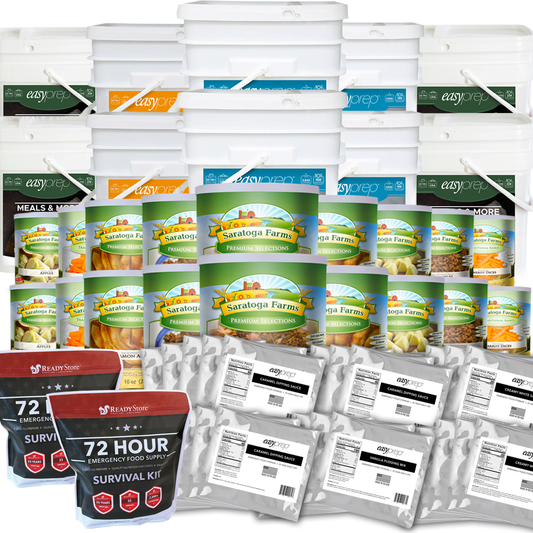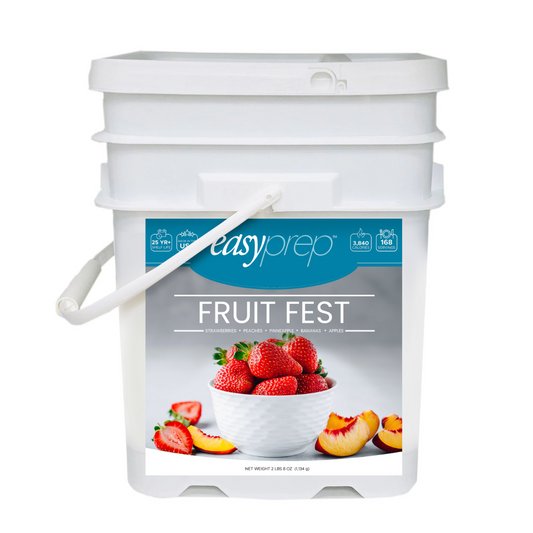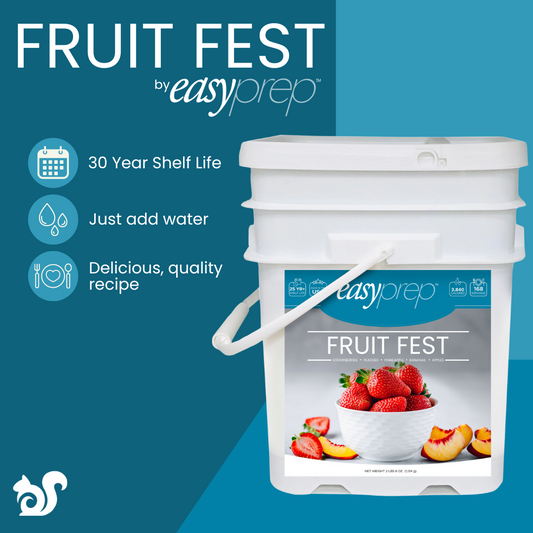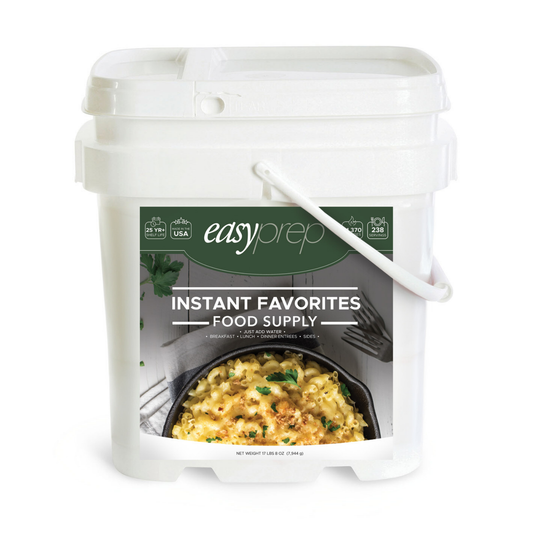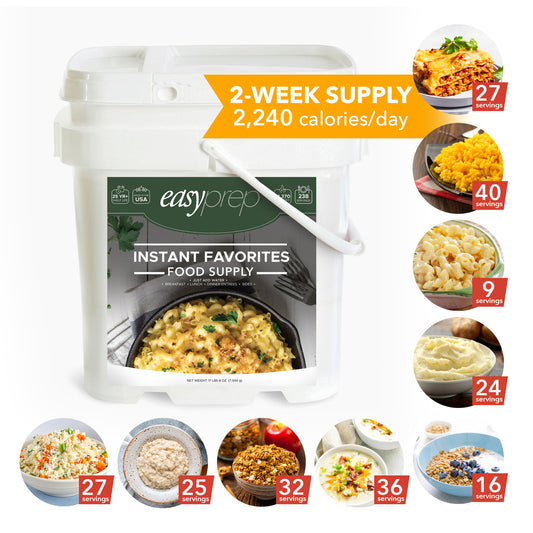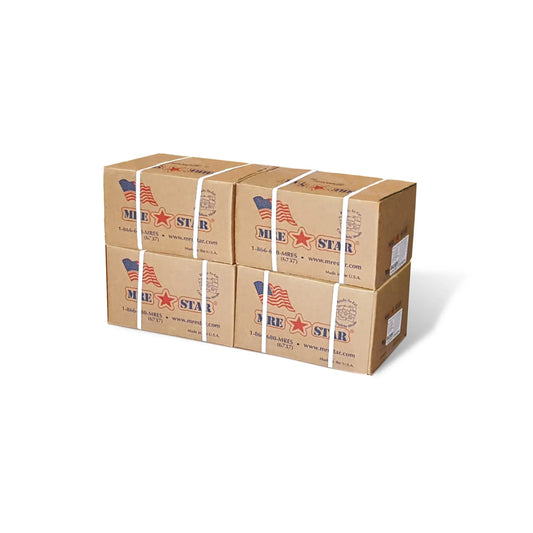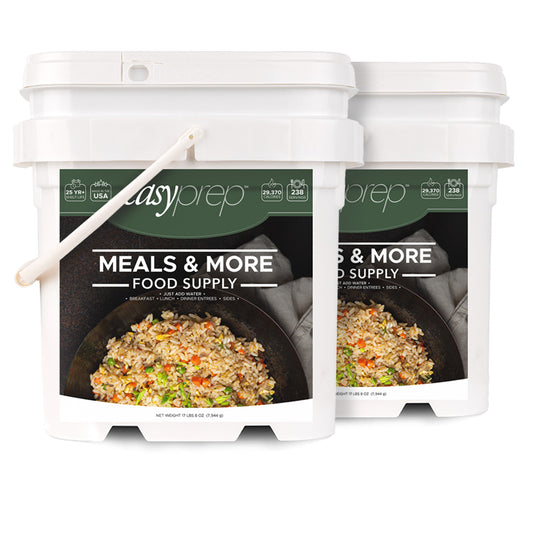a-5-step-guide-to-family-self-reliance
Family self-reliance is making sure in the event of a disaster your loved ones know the "Family Plan" and how to execute properly. It is important your family's basic needs are being met and that they are safe. Knowledge through communication is the key to making sure your family is prepared during an emergency. Disasters can strike without warning, so all family members should know who to contact and where to meet depending on the emergency at hand.
Step 1- Emergency Evacuation & Shelter Chart Create two blueprint drawings of your home. One blueprint in the case of an evacuation and the other in the case of shelter needed. The evacuation chart should show every possible exit in the home, as well as simple instructions. These charts should be easily understood by every member of your family, then placed in a common area of the home.

Step 2- Teach Your Children Children can feel the stress of an emergency in a very deep way. It is important to teach them about natural hazards like earthquakes, hurricanes, tornadoes, blizzards, etc. But how do you know how the right way to explain all this? Knowing your child will help you determine how best to explain emergencies to them. Some kids can handle hearing about tornadoes while others may need to be eased into the concept. The goal is not to scare your child into thinking the world is going to end, but that they have the tools to decision make if the situation arises. An understanding of cognitive development in children might help to know what they might be ready to handle.
- Children 2 to 5- have developed the skills to focus attention for extended periods, recognize previously encountered information, recall old information, and reconstruct it in the present. For Example, a child in this age range can remember an event that happened (or story told to them), then relay that information to a friend at school.
- Children 5 to 7- learn how to focus and use their cognitive abilities for specific purposes. For example, children can now comprehend stories or facts have been relayed to them.
- Older Children start to develop and choose specific strategies for approaching a given learning task, monitor their comprehension of information, and evaluate their progress toward completing a learning task.
Step 3- A Walk Through
- Gather everyone in your family together to go over the Evacuation/Shelter Charts you previously created.
- Walk through your home and inspect all of the possible exits and escape routes.
- Make sure the escape routes are clear and doors/windows can be opened easily.
- Choose an outside meeting place (i.e. neighbor's house, mailbox, playground) a safe distance outside your home.
- Choose #1 person (mom) & #2 person (dad) to be the point of contact for everyone.
- If there are infants or persons with mobility limitations, make sure that someone is assigned to assist them. Assign a backup person too in case the designee is not home during the emergency.
- Test your walk through! It is suggested to be tried twice a year making the drill as realistic as possible, but remember the objective is not to scare so telling the children there will be a drill can be just as effective as a surprise drill.
Step 4- Emergency Kit (Food,Water,Supplies)
Every family should have an easy-to-grab bag for each member of the family which includes all needed food,water, and supplies to last at least 3 days. After an emergency, you may need to survive on your own for several days and being prepared means having the below items. You will also want to consider what unique needs your family might have (pets, infants, seniors, etc.). Since you do not know where you will be when an emergency occurs, prepare separate grab bags for home, work, and vehicles.
- Water -one gallon of water per person per day for at least three days, for drinking and sanitation
- Food - at least a three-day supply of non-perishable food
- Battery-powered or hand crank radio
- Flashlight
- First aid kit
- Tent for shelter
- Personal sanitation
- Blankets
- Hand Warmers
- Local maps
- Cell phone with chargers and a backup battery
Step 5- After The Disaster
After a fire, hurricane, or other major disaster you likely won't be able to return to your home until after the danger has passed. Wait for the officials to tell you it is safe to return. After you return, take as many pictures to document as much damage as possible.
- Secure your property by whatever means necessary. Every homeowners policy requires you to take responsible steps to minimize the harm to your property. So, after a fire, if the structure is still burning you must contact the fire department to prevent another flare-up.
- Contact your insurance company, mortgage company, landlord (if applicable), lawyer, or any other relative agency to inform them of what has happened.
- Make sure the insurance company acts promptly. In some states they must send you a "notice of intentions" within 30 days of receiving your claim.
- Keep track of all of your living expenses while you're out of your home. Your policy may include a "loss of use" clause which entitles you to reimbursement.
Tell Us About Your Family's Self-Reliance Plan!
We'd love to hear from our ReadyFamily and how they are staying prepared!


